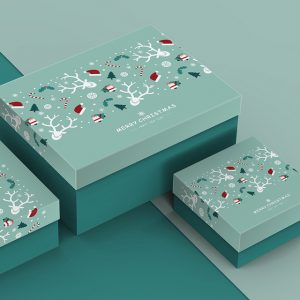The evolution of cardboard boxes has a fascinating history that dates back to ancient times. Here is a brief overview of how cardboard boxes have evolved over the years:
- Origins of Paper and Cardboard: The history of cardboard can be traced back to the invention of paper in ancient China around 100 BCE. The Chinese began using paper for various purposes, including packaging and storage.
- Paperboard in the Middle Ages: In the Middle Ages, paperboard, a thicker and sturdier version of paper, started to gain popularity in Europe. It was made by gluing several layers of paper together, providing more strength for packaging and storage purposes.
- Corrugated Cardboard Invention (19th Century): The most significant milestone in the evolution of cardboard boxes was the invention of corrugated cardboard. In 1856, Albert Jones, a New York City printer and paper bag maker, received a patent for corrugated paper. However, it wasn’t until 1871 when Robert Gair, a Scottish-born American, invented the process of making corrugated cardboard boxes in their modern form.
- Industrialization and Mass Production (Early 20th Century): With the rise of industrialization, the production of cardboard boxes became more streamlined and efficient. Cardboard boxes became widely used for shipping and storage, replacing wooden crates and barrels.
- Widespread Adoption (Mid-20th Century): By the mid-20th century, cardboard boxes had become the primary packaging material for various industries. Their lightweight, cost-effectiveness, and ease of customization contributed to their widespread adoption.
- Advancements in Printing and Graphics: As printing technology improved, cardboard boxes began to feature colorful designs, branding, and product information, making them more visually appealing and marketable.
- Environmental Awareness (Late 20th Century): In the late 20th century, there was a growing awareness of environmental issues and the need for sustainable packaging. Cardboard boxes were recognized for their recyclability and eco-friendly nature, making them a preferred choice for environmentally conscious consumers and businesses.
- Innovations in Packaging Design: As packaging design evolved, manufacturers started producing different shapes, sizes, and styles of cardboard boxes to cater to specific industries and consumer preferences. This included custom boxes with specialized features like handles, windows, and dividers.
- E-commerce and Shipping Boom (21st Century): The rise of e-commerce and online shopping has led to a surge in demand for cardboard boxes for shipping purposes. The convenience and cost-effectiveness of cardboard packaging have made it an essential part of the global supply chain.
- Sustainable Packaging Solutions: In recent years, there has been an increased focus on sustainable packaging solutions. Cardboard boxes continue to play a significant role in the development of eco-friendly packaging alternatives, such as biodegradable coatings and recycled materials.
Today, cardboard boxes remain a vital component of modern packaging and logistics, offering a versatile, cost-effective, and environmentally friendly solution for various industries and consumers around the world.








